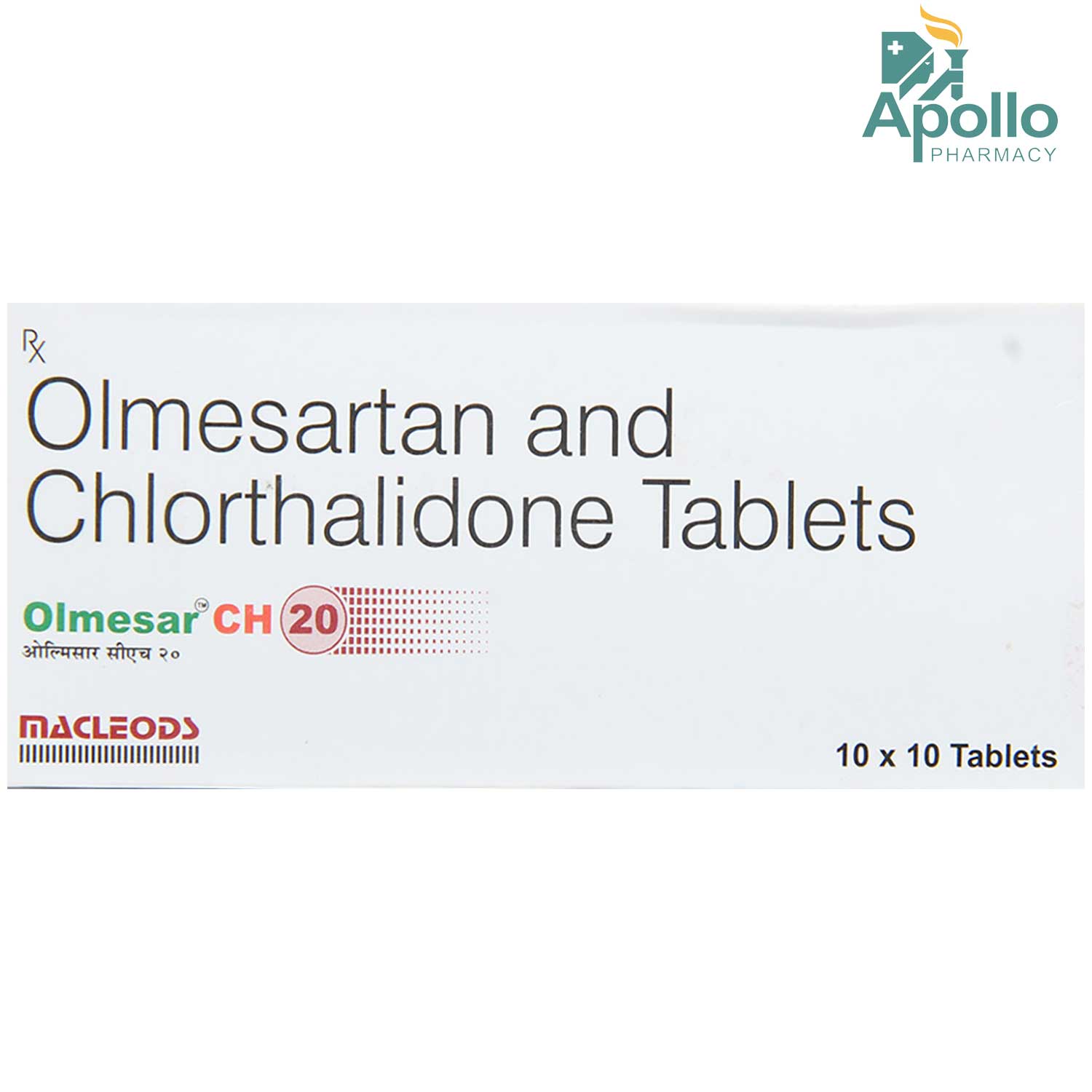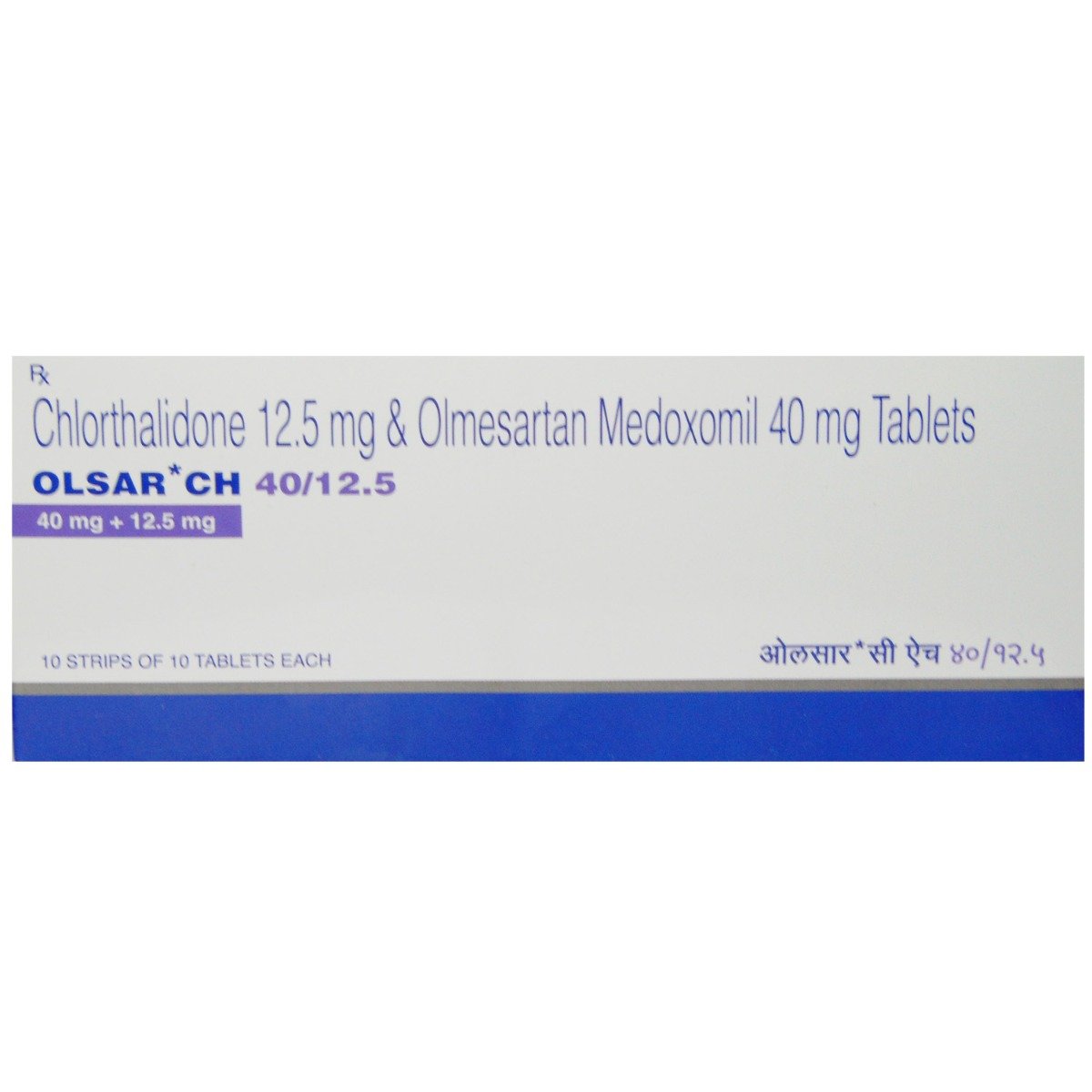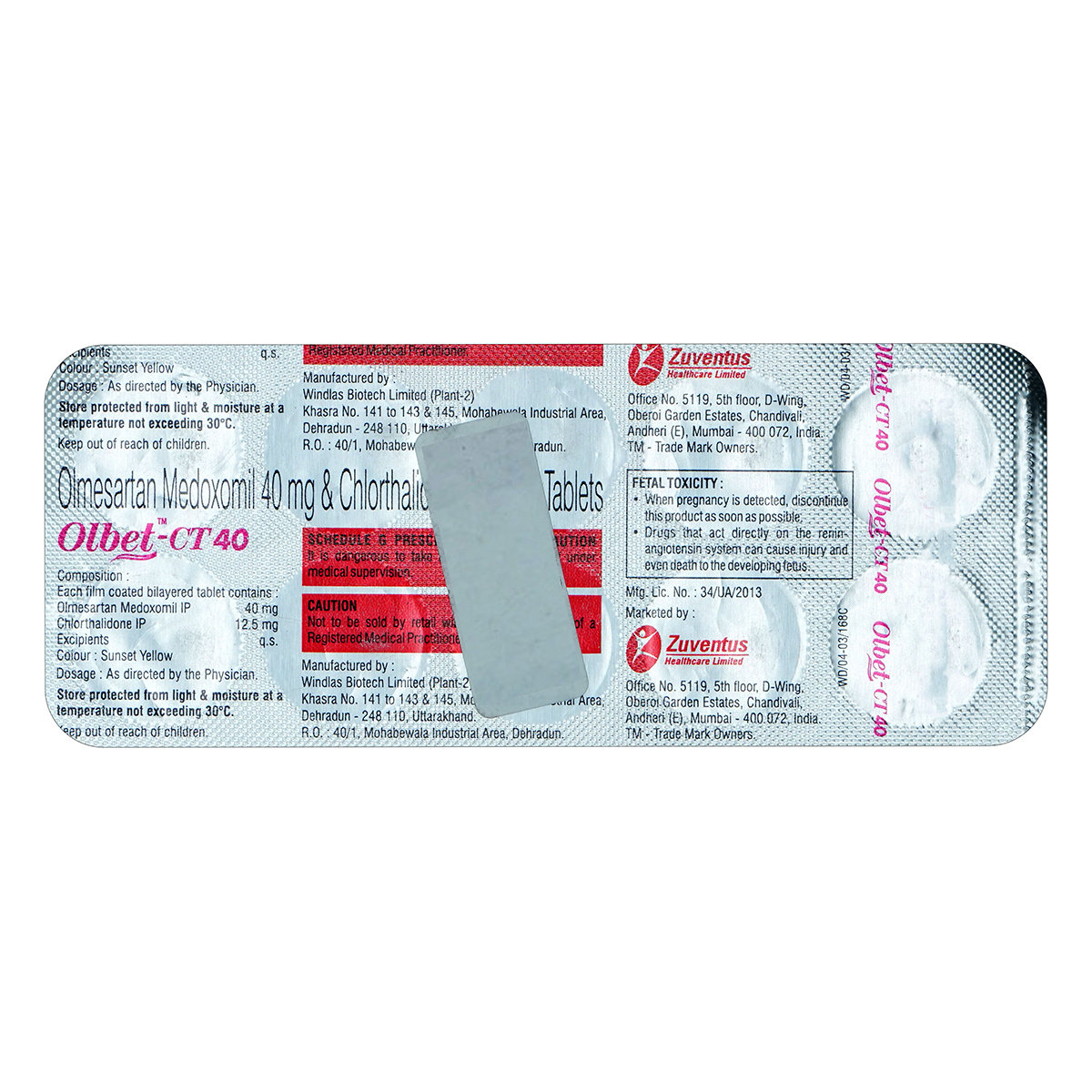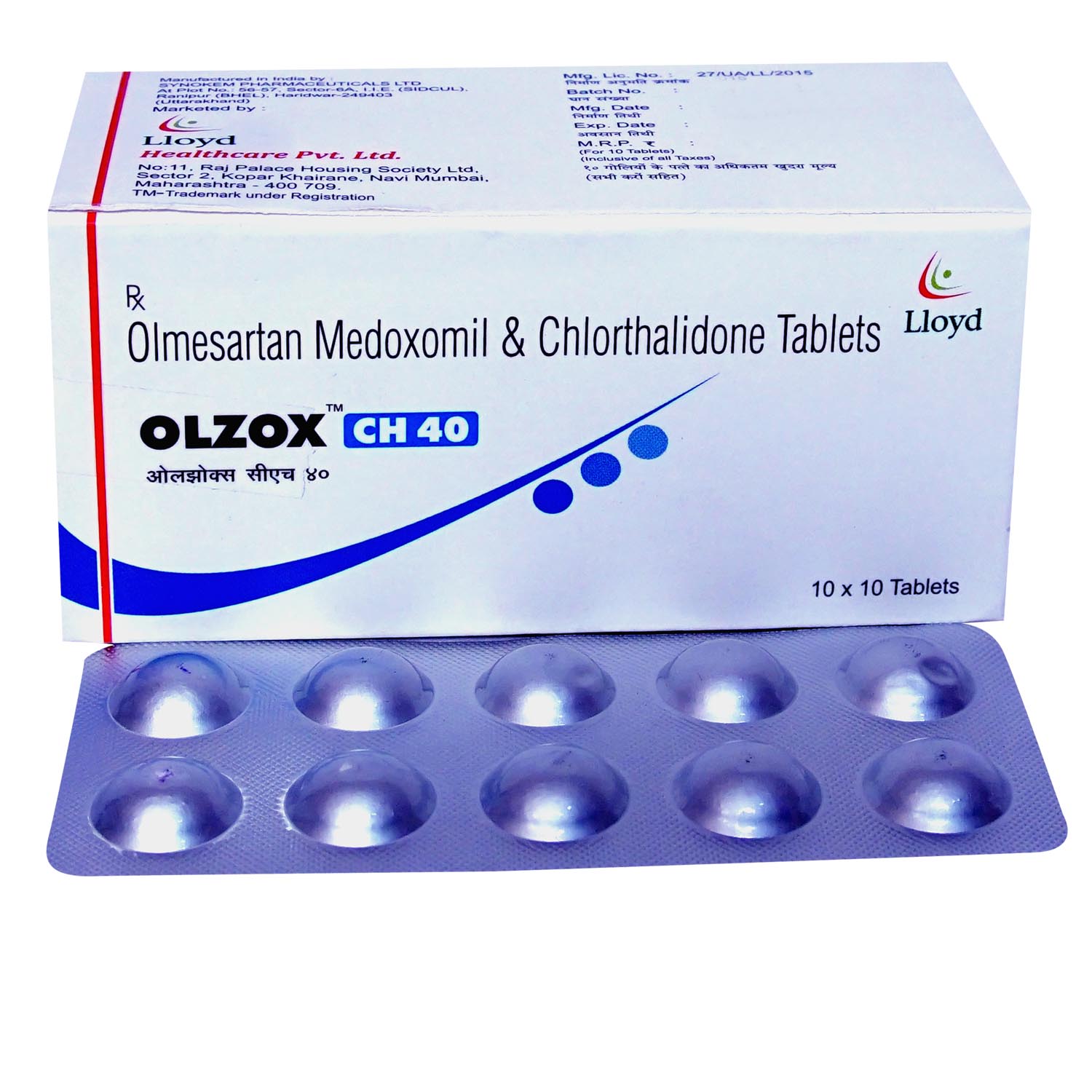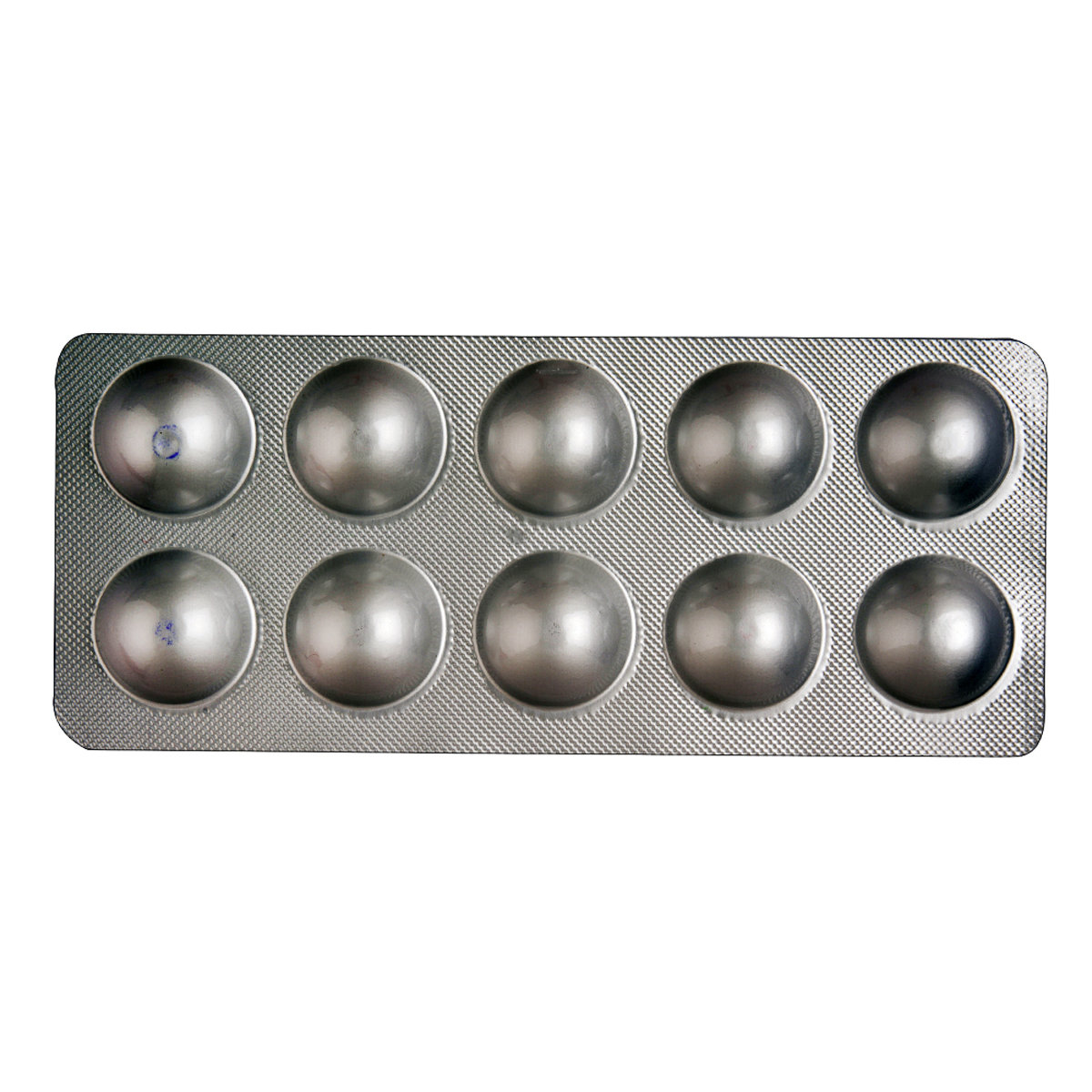Pinom-CT 40 Tablet
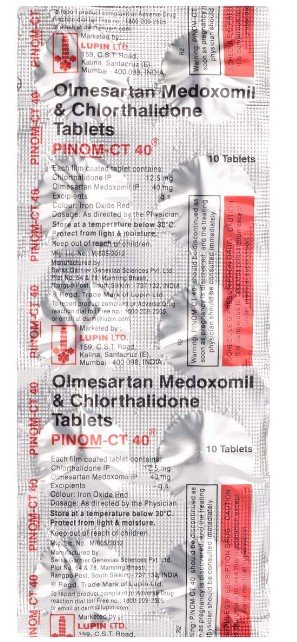
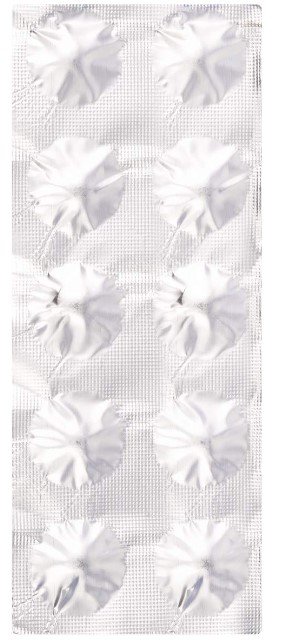
MRP ₹318
(Inclusive of all Taxes)
₹47.7 Cashback (15%)
know your delivery time
Provide Delivery Location
Composition :
Manufacturer/Marketer :
Consume Type :
Expires on or after :
Return Policy :

Secure Payment

Trusted by 8 Crore Indians

Genuine Products
Therapeutic Class
Country of origin
Manufacturer/Marketer address
Author Details
We provide you with authentic, trustworthy and relevant information
Disclaimer
Alcohol
Safe if prescribed
It is unsafe to consume alcohol, since alcohol consumption with Pinom-CT 40 Tablet may increase the risk of low blood pressure and cause adverse effects such as dizziness, fainting, light-headedness, or headache.
Pregnancy
Consult your doctor
Pinom-CT 40 Tablet must not be used when pregnancy unless clearly necessary. So, inform your doctor if you are pregnant or suspect pregnancy. Your doctor will weigh the benefits and potential risks before prescribing Pinom-CT 40 Tablet .
Breast Feeding
Consult your doctor
Let your doctor know if you are a nursing mother before taking Pinom-CT 40 Tablet ; your doctor will decide whether Pinom-CT 40 Tablet can be taken by breastfeeding mothers or not.
Driving
Safe if prescribed
Pinom-CT 40 Tablet may cause side effects like dizziness, headaches, nausea or tiredness, which can affect your ability to concentrate and drive. Hence, it is recommended not to drive or operate machinery until you are mentally alert.
Liver
Consult your doctor
Pinom-CT 40 Tablet to be taken with caution, especially if you have had a history of liver disease. Your doctor will have to change the dosage depending on your medical condition and your reaction to treatment.
Kidney
Consult your doctor
Pinom-CT 40 Tablet to be taken with caution, especially if you have a history of kidney diseases/conditions. The dose may have to be adjusted by your doctor.
Children
Safe if prescribed
Pinom-CT 40 Tablet to be taken with caution, especially if you are children below the age of 12. Your doctor may adjust your dose depending upon your age.
Product Substitutes
About Pinom-CT 40 Tablet
Pinom-CT 40 Tablet belongs to the class of medicines called ‘Anti-hypertensive’, primarily used to treat hypertension (high blood pressure). Hypertension or high blood pressure is a chronic condition in which the force exerted by the blood against the artery wall is high. As a result, it leads to heart disease, irregular heartbeat, and other complications.
Pinom-CT 40 Tablet is a combination of two medicines: Olmesartan and Chlorthalidone. Olmesartan is an angiotensin receptor blocker (ARB) that works by blocking the hormone angiotensin, thereby relaxing blood vessels. This allows the blood to flow more smoothly and the heart to pump more efficiently. On the other hand, Chlorthalidone is a diuretic or water pill that removes extra water and certain electrolytes from the body. Together it lowers fluid overload and blood pressure and improves blood flow.
Take Pinom-CT 40 Tablet as prescribed by your doctor. Your doctor will advise you on how often you take your tablets based on your medical condition. Sometimes, you may experience headaches, nausea, dizziness, and cold extremes. Most of these side effects of Pinom-CT 40 Tablet do not require medical attention and gradually resolve over time. However, if the side effects are persistent, reach out to your doctor.
Try not to stop taking this medicine of your own. Stopping Pinom-CT 40 Tablet abruptly may cause changes in your blood pressure and heart rhythm, cause chest pain, or a heart attack. Your doctor will gradually lower your dose over time to help prevent these symptoms. If you are pregnant or breastfeeding, it is advised to inform your doctor before using Pinom-CT 40 Tablet . If you are suffering from kidney, liver, or heart disease or are diabetic, please inform your doctor before taking Pinom-CT 40 Tablet . Do not use the Pinom-CT 40 Tablet if you cannot urinate, are dehydrated, have low blood pressure (hypotension), or have a cardiogenic shock (sudden stopping of blood flow to the heart). Reducing the amount of table salt (sodium chloride) in your food often relieves the swelling of the body. Please inform your doctor if you are using any prescription and non-prescription medications you are taking, including vitamins and herbal supplements.
Uses of Pinom-CT 40 Tablet
Medicinal Benefits Mweb
Key Benefits
Pinom-CT 40 Tablet is a combination of two drugs, namely, Olmesartan (blood pressure-lowering agent) and Chlorthalidone (diuretic), primarily used to treat hypertension (high blood pressure). Olmesartan is an angiotensin receptor blocker (ARB) that lower increased blood pressure by blocking a naturally occurring substance known as angiotensin II (that tightens your blood vessels). It allows these constricted blood vessels to relax and therefore helps lower high blood pressure. This allows the blood to flow more smoothly and the heart to pump more efficiently. On the other hand, Chlorthalidone, a diuretic, works by increasing the amount of urine passed out from the kidneys and lowering blood pressure. Together it lowers the overall raised blood pressure and reduces the risk of having a heart attack, stroke, or kidney problems. Pinom-CT 40 Tablet is generally used when a single medicine is ineffective in controlling blood pressure.
Directions for Use
Side Effects of Pinom-CT 40 Tablet
- Dizziness
- Nausea
- Bradycardia (slow heart rate)
- Cold extremes
- Headache
- Hypotension (low blood pressure)
Drug Warnings
Pinom-CT 40 Tablet should not be given to people allergic to Pinom-CT 40 Tablet or any of its ingredients. Let your doctor know if you have low blood pressure (less than 90 mm of Hg) or have had a heart attack, kidney disease, or liver disease. Pinom-CT 40 Tablet is contraindicated in people with low blood pressure (hypotension), cardiogenic shock (sudden stopping of blood flow to the heart), and aortic stenosis (heart valve problem). Please inform your doctor before surgery if you are taking Pinom-CT 40 Tablet as it needs to be stopped because it might lower the blood pressure further if taken along with local anaesthesia. Pregnant women should discontinue Pinom-CT 40 Tablet because it can cause injury and death to the developing fetus. Tell your doctor if you are on low sodium (table salt) diet. Cases of electrolyte imbalance have been observed (like low levels of sodium, potassium, or magnesium in your blood). So your doctor might advise monitoring blood pressure, kidney function test, and electrolytes. Please do not stop taking Pinom-CT 40 Tablet on your own, as it may lead to the recurrence of symptoms or worsen the condition.
Drug-Drug Interactions
Drug-Drug Interactions
Login/Sign Up
Using aliskiren together with olmesartan may increase the risk of serious side effects (kidney problems, low blood pressure, and high potassium levels in the blood).
How to manage the interaction:
Taking Pinom-CT 40 Tablet with Aliskiren is not recommended as it can cause an interaction, they can be taken if advised by a doctor. You should seek medical attention if you experience nausea, vomiting, weakness, confusion, tingling of the hands and feet, feelings of heaviness in the legs, a weak pulse, or a slow or irregular heartbeat.It is crucial that you continue to consume enough fluids while taking these medications. Do not stop using any medications without consulting a doctor.
Co-administration of Pinom-CT 40 Tablet and cisapride may increase the risk or severity of an irregular heart rhythm that may be serious.
How to manage the interaction:
Taking Pinom-CT 40 Tablet with Cisapride is not recommended, please consult your doctor before taking it. Do not discontinue the medication without consulting a doctor.
Using Pinom-CT 40 Tablet with Potassium chloride may increase Potassium levels in the blood.
How to manage the interaction:
Although taking Pinom-CT 40 Tablet together with Potassium chloride may lead to an interaction but can be taken if prescribed by the doctor. However, consult the doctor if you experience nausea, vomiting, weakness, disorientation, tingling in your hands and feet, feelings of heaviness in your legs, a weak pulse, or a slow or irregular heartbeat. It is important to maintain proper fluid intake while taking these medications. Do not stop using any medications without talking to a doctor.
Coadministration of Pinom-CT 40 Tablet with potassium iodide may increase potassium levels in the blood. (High potassium levels can cause hyperkalemia, which can lead to kidney failure, muscular paralysis, abnormal heart rhythm, and cardiac arrest in extreme cases).
How to manage the interaction:
Although taking Pinom-CT 40 Tablet together with potassium iodide may lead to an interaction but can be taken if prescribed by the doctor. However, consult the doctor if you experience nausea, vomiting, weakness, disorientation, tingling in your hands and feet, feelings of heaviness in your legs, a weak pulse, or a slow or irregular heartbeat. It is important to maintain proper fluid intake while taking these medications. Do not stop using any medications without talking to a doctor.
Taking Pinom-CT 40 Tablet with trimethoprim may increase potassium levels in the blood.
How to manage the interaction:
Although taking Pinom-CT 40 Tablet with trimethoprim may lead to an interaction but can be taken if prescribed by the doctor. However, consult the doctor if you experience nausea, vomiting, weakness, disorientation, tingling in your hands and feet, feelings of heaviness in your legs, a weak pulse, or a slow or irregular heartbeat. Do not stop using any medications without talking to a doctor.
Pinom-CT 40 Tablet when combined with benazepril may cause low blood pressure, kidney problems, and may increase potassium levels in the blood.
How to manage the interaction:
Although taking Pinom-CT 40 Tablet with benazepril may lead to an interaction but can be taken if prescribed by the doctor. However, consult the doctor if you experience nausea, vomiting, weakness, disorientation, tingling in your hands and feet, feelings of heaviness in your legs, a weak pulse, or a slow or irregular heartbeat. Do not stop using any medications without talking to a doctor.
Taking lithium with Pinom-CT 40 Tablet may significantly increase the blood levels of lithium .
How to manage the interaction:
Although taking Pinom-CT 40 Tablet alongside lithium can lead to interaction, they can be taken if prescribed by a doctor. However, if you develop sleepiness, dizziness, confusion, loose stools, vomiting, muscular weakness, muscle incoordination, a shaking sensation, blurred vision, ringing in the ears, excessive thirst, and/or increased urination, consult a doctor. Do not stop using any medications without talking to a doctor.
Taking Pinom-CT 40 Tablet with triamterene may increase potassium levels in the blood. (High potassium levels can cause hyperkalemia, which can lead to kidney failure, muscular paralysis, abnormal heart rhythm, and cardiac arrest in extreme cases).
How to manage the interaction:
Although taking Pinom-CT 40 Tablet with triamterene may lead to an interaction but can be taken if prescribed by the doctor. However, consult the doctor if you experience nausea, vomiting, weakness, disorientation, tingling in your hands and feet, feelings of heaviness in your legs, a weak pulse, or a slow or irregular heartbeat. Do not stop using any medications without talking to a doctor.
When Pinom-CT 40 Tablet is taken with captopril, it may cause low blood pressure, kidney problems, and may increase potassium levels in the blood.
How to manage the interaction:
Although taking Pinom-CT 40 Tablet with captopril may lead to an interaction but can be taken if prescribed by the doctor. However, consult the doctor if you experience nausea, vomiting, weakness, disorientation, tingling in your hands and feet, feelings of heaviness in your legs, a weak pulse, or a slow or irregular heartbeat. Do not stop using any medications without talking to a doctor.
Coadministration of Pinom-CT 40 Tablet with fosinopril may cause low blood pressure, kidney problems, and may increase potassium levels in the blood.
How to manage the interaction:
Although taking Pinom-CT 40 Tablet together with fosinopril may lead to an interaction but can be taken if prescribed by the doctor. However, consult the doctor if you experience nausea, vomiting, weakness, disorientation, tingling in your hands and feet, feelings of heaviness in your legs, a weak pulse, or a slow or irregular heartbeat. Do not stop using any medications without talking to a doctor.
Drug-Food Interactions
Drug-Food Interactions
Login/Sign Up
Lentils, Orange Juice, Oranges, Raisins, Potatoes, Salmon Dried, Spinach, Sweet Potatoes, Tomatoes, Coconut Water, Beans, Beetroot, Broccoli, Bananas, Apricots, Avocado, Yogurt
How to manage the interaction:
When Pinom-CT 40 Tablet is taken along with potassium-containing salt substitutes or over-the-counter potassium supplements it may lead to high potassium levels in blood. Avoid taking potassium-containing salt substitutes or over-the-counter potassium supplements with Pinom-CT 40 Tablet as this can lead to high potassium levels in the blood. However, consult a doctor if you experience weakness, irregular heartbeat, confusion, tingling of the extremities, or feelings of heaviness in the legs.
Drug-Diseases Interactions
Drug-Diseases Interactions
Login/Sign Up
Drug-Drug Interactions Checker List
- ENALAPRIL
- CAPTOPRIL
- LISINOPRIL
- RAMIPRIL
- BENAZEPRIL
- DILTIAZEM
- VERAPAMIL
- AMILORIDE
- METOPROLOL
- HYDROCHLOROTHIAZIDE
- SIMVASTATIN
- ATORVASTATIN
- AZILSARTAN MEDOXOMIL
- SILDENAFIL
- CLARITHROMYCIN
- ERYTHROMYCIN
- RIFAMPICIN
- ITRACONAZOLE
- KETOCONAZOLE
- CARBAMAZEPINE
- PHENYTOIN
- PHENOBARBITAL
- PRIMIDONE
- SALBUTAMOL
- FORMOTEROL
- RITONAVIR
- CYCLOSERINE
- TACROLIMUS
- IBUPROFEN
- NAPROXEN
- DICLOFENAC
- ASPIRIN
Habit Forming
Special Advise
- If you have diabetes and taking Pinom-CT 40 Tablet with other blood pressure-lowering pills like 'aliskiren,' immediately stop taking both together and consult a doctor, as it may cause serious complications.
- Do not use the Pinom-CT 40 Tablet if you are unable to urinate.
Diet & Lifestyle Advise
- Create a well-balanced and healthy diet that includes vegetables, fruits, whole grains, legumes, omega-3-rich foods, and lean protein sources.
- Keep your weight under control with a BMI of 19.5-24.9.
- Avoid chronic stress, as it can raise your blood pressure.
- Spend time with your loved ones to cope with stress and practice mindfulness techniques.
- Be mindful of salt; consume no more than 2,300 mg each day.
- Limit or avoid alcohol consumption.
- Quitting smoking is the best strategy to lower the risk of heart disease.
All Substitutes & Brand Comparisons
RX
Olmesar CH 20 mg/12.5 mg Tablet 10's
Macleods Pharmaceuticals Ltd
₹125.5
(₹11.3 per unit)
60% CHEAPERRX
Olsar CH 40/12.5 Tablet 10's
Torrent Pharmaceuticals Ltd
₹243.5
(₹21.92 per unit)
23% CHEAPERRX
OLBET CT 40MG TABLET
Zuventus Healthcare Ltd
₹252
(₹22.68 per unit)
20% CHEAPER

Have a query?
Buy best Cardiology products by
Torrent Pharmaceuticals Ltd
Sun Pharmaceutical Industries Ltd
Lupin Ltd
Intas Pharmaceuticals Ltd
Cipla Ltd
Micro Labs Ltd
Macleods Pharmaceuticals Ltd
Abbott India Ltd
Ajanta Pharma Ltd
Ipca Laboratories Ltd
Eris Life Sciences Ltd
Mankind Pharma Pvt Ltd
Lloyd Healthcare Pvt Ltd
Dr Reddy's Laboratories Ltd
Glenmark Pharmaceuticals Ltd
Emcure Pharmaceuticals Ltd
Alembic Pharmaceuticals Ltd
Alkem Laboratories Ltd
East West Pharma India Pvt Ltd
USV Pvt Ltd
Zydus Healthcare Ltd
Aristo Pharmaceuticals Pvt Ltd
Elbrit Life Sciences Pvt Ltd
J B Chemicals & Pharmaceuticals Ltd
Zydus Cadila
Akumentis Healthcare Ltd
Alteus Biogenics Pvt Ltd
Hbc Life Sciences Pvt Ltd
Fusion Health Care Pvt Ltd
Troikaa Pharmaceuticals Ltd
La Renon Healthcare Pvt Ltd
Corona Remedies Pvt Ltd
Jubilant Lifesciences Ltd
Medley Pharmaceuticals Ltd
Knoll Healthcare Pvt Ltd
Msn Laboratories Pvt Ltd
Zuventus Healthcare Ltd
Cadila Pharmaceuticals Ltd
Blue Cross Laboratories Pvt Ltd
Lividus Pharmaceuticals Pvt Ltd
Morepen Laboratories Ltd
Ranmarc Labs
Shrrishti Health Care Products Pvt Ltd
Sanofi India Ltd
Steris Healthcare
Elder Pharmaceuticals Ltd
Primus Remedies Pvt Ltd
Unison Pharmaceuticals Pvt Ltd
Eswar Therapeutics Pvt Ltd
Knoll Pharmaceuticals Ltd
Tas Med India Pvt Ltd
Systopic Laboratories Pvt Ltd
Indiabulls Pharmaceuticals Pvt Ltd
Leeford Healthcare Ltd
Sinsan Pharmaceuticals Pvt Ltd
Biochem Pharmaceutical Industries Ltd
Cadila Healthcare Ltd
Azkka Pharmaceuticals Pvt Ltd
Nirvana India Pvt Ltd
Orsim Pharma
Prevego Healthcare & Research Pvt Ltd
Econ Healthcare
Elinor Pharmaceuticals (P) Ltd
FDC Ltd
Sunij Pharma Pvt Ltd
Nicholas Piramal India Ltd
Astra Zeneca Pharma India Ltd
Pfizer Ltd
Lia Life Sciences Pvt Ltd
Shine Pharmaceuticals Ltd
Elicad Pharmaceuticals Pvt Ltd
Indoco Remedies Ltd
Proqol Health Care Pvt Ltd
Vasu Organics Pvt Ltd
Biocon Ltd
Opsis Care Lifesciences Pvt Ltd
Johnlee Pharmaceuticals Pvt Ltd
Merck Ltd
Wockhardt Ltd
Auspharma Pvt Ltd
Ergos Life Sciences Pvt Ltd
Lakshya Life Sciences Pvt Ltd
Ordain Health Care Global Pvt Ltd
Pficus De Med Pvt Ltd
ALICAN PHARMACEUTICAL PVT LTD
RPG Life Sciences Ltd
Glynis Pharmaceuticals Pvt Ltd
Orris Pharmaceuticals
Samarth Life Sciences Pvt Ltd
Aprica Pharmaceuticals Pvt Ltd
Aretaeus Pharmaceuticals Pvt Ltd
Koye Pharmaceuticals Pvt Ltd
Neocardiab Care
Retra Life Science Pvt Ltd
Alniche Life Sciences Pvt Ltd
Alvio Pharmaceuticals Pvt Ltd
Arkas Pharma Pvt Ltd
Atos Lifesciences Pvt Ltd
Divine Savior Pvt Ltd
Metalis Lifesciences Pvt Ltd
Customers Also Bought


